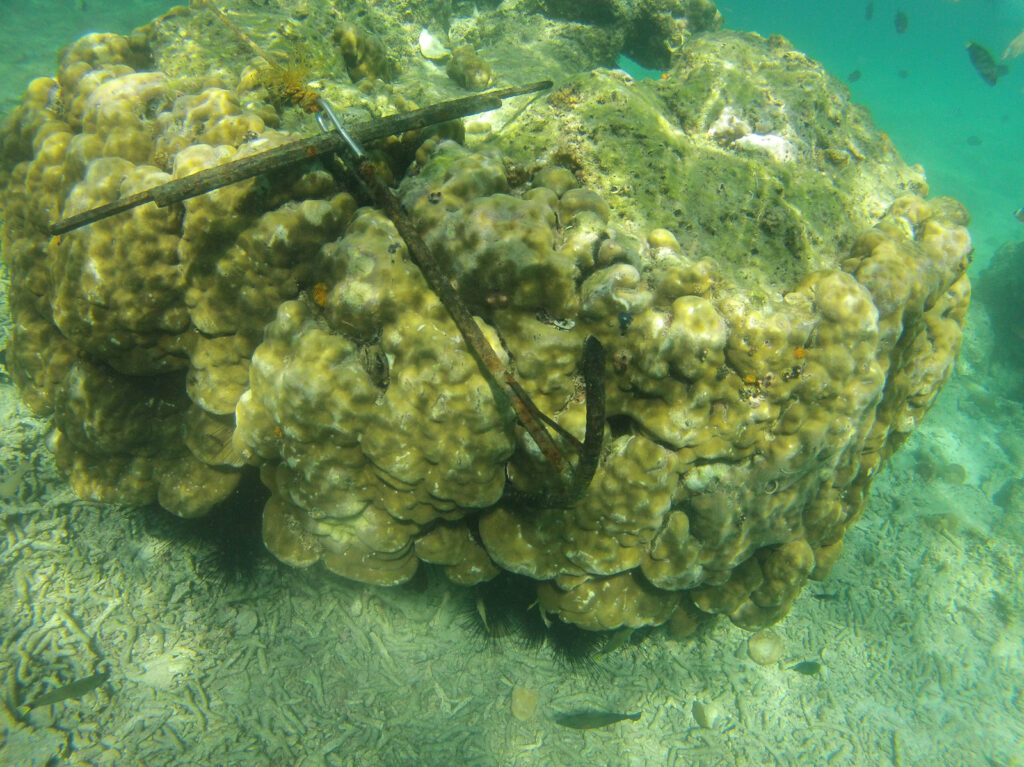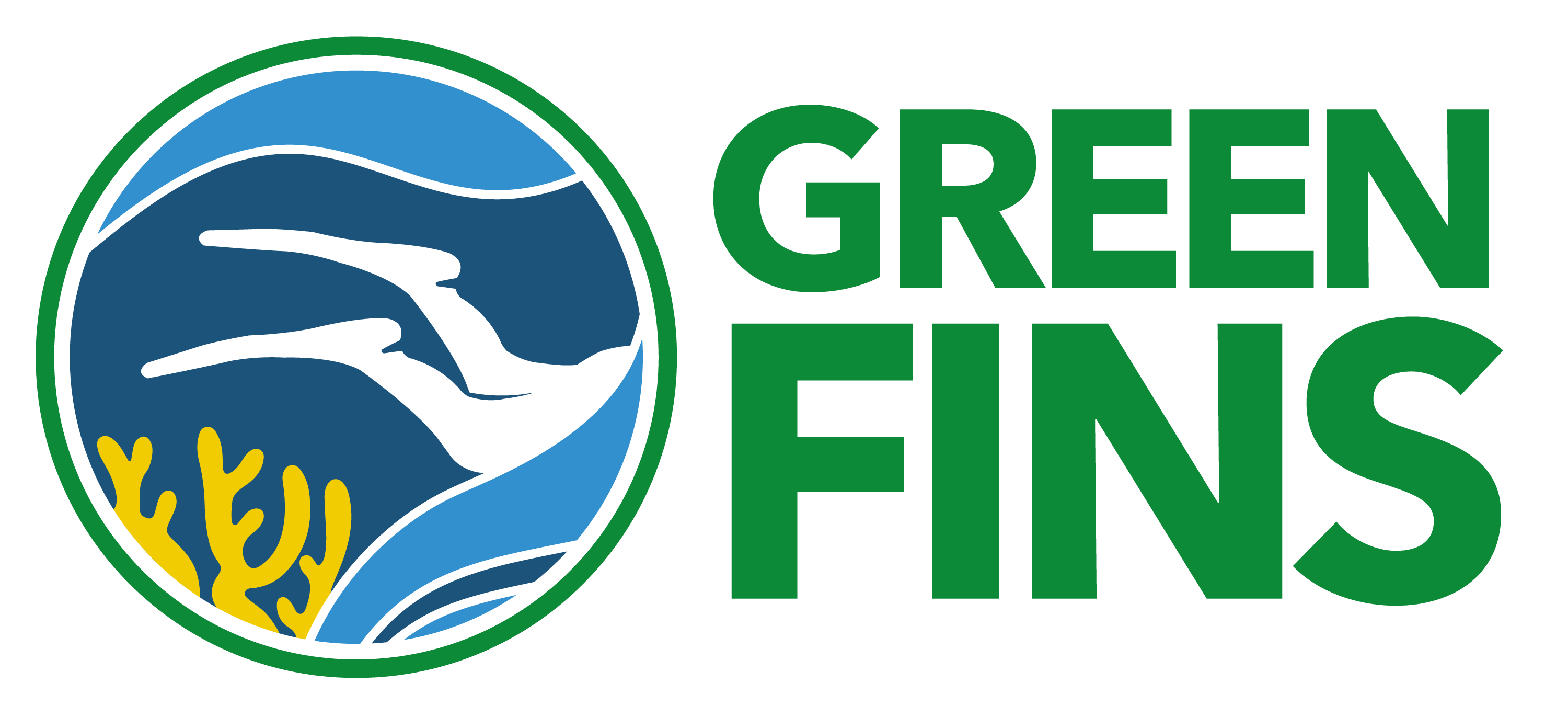Did you know that even the most careful drop of an anchor can cause devastation to coral reefs and other marine environments? Yet, anchor damage to coral colonies is a problem all over the world. The good news? Damage caused by anchoring can be easily avoided! By following best practice guidance and using alternatives to anchoring wherever possible, you can do your bit to prevent immediate and visible damage to marine ecosystems and help preserve coral reefs for future visitors to enjoy.
Why choose alternatives to anchoring?

Anchors are not only heavy but they often have a weighty chain attached to them. So, it’s hardly surprising that when an anchor comes into contact with living organisms at the bottom of the seabed, it can result in all kinds of physical harm, dislodgement and sedimentation. When you consider that coral reefs draw millions of divers and snorkellers to sites all over the world each year, the widespread and cumulative impact of anchor damage can be devastating.
Coral reefs are fragile, slow-growing animals. Did you know honeycomb coral can take up to 20 months to grow just one centimetre? So, even a tiny amount of damage can have long-term consequences, not just on the coral itself but on biodiversity and the health of the marine ecosystem. The prospect of losing our reefs is scary, especially considering 25% of all marine species depend on coral reefs for habitat and food. Not to mention the many benefits that healthy coral reefs bring humans: from coastal protection to tourism industries.
Recommended alternatives to anchoring
Luckily, there are a handful of alternatives to anchoring available. But there are a few things to think about when choosing which option is right for you. The best solution for you will vary depending on where you’re based, your type of business and the site infrastructure. While there’s no “one size fits all” remedy, there are plenty of helpful options to choose from. Here are some environmentally-friendly alternatives to anchoring:
Use mooring buoys:
Mooring systems provide permanent lines that allow boats to fix their position without dropping an anchor. Mooring buoys do still have an ecological impact. However, they will lead to far less damage than anchoring on the site
Top tip: When choosing a mooring site, please consider tidal range, wind direction and strength and currents. Also, when running a line from your boat, make sure you allow for enough scope so that the buoy isn’t pulled under the water. This is especially important in rough or windy conditions.
Attach to moored boats:
Did you know that mooring buoys can often support more than one boat? By researching and understanding the tonnage that your mooring buoys support, you can inform your staff and ensure they moor to other boats whenever possible.
Top tip: Remember to make sure that, by attaching to the moored boat, you don’t exceed the total weight allowance of the mooring buoy.
Moor to a pier:
Mooring to a pier is another good alternative to anchoring. It won’t affect marine life and it’s also convenient for loading and unloading the boats. Floating piers can be built with minimal damage to the environment. You can even install and remove them seasonally if necessary.
Top tip: Make sure the floating pier is installed in an area where it’s not blocking sunlight to coral reefs or seagrass.
Moor to a beach mooring line:
To secure boats at the shore, you can install permanent mooring lines from the beach to a fixed mooring beyond the wave break zone.
Drift
Dive sites with strong currents are much better suited to drift diving. The bonus with this option is not having to drop anchor which will prevent any risk to the marine environment.
Install mooring buoys:
Be a role model! If you can, why not lead the way by installing your own mooring buoys? Alternatively, you could offer your expertise to your local authority to support the installation of mooring buoys. This is a great way to help protect the marine environment in your area.
Install reef markers:
Reef protection markers or buoys are placed on the surface at strategic positions to indicate where the cover of coral reef is low and where there’s a sandy bottom. This helps boats who can then line up the two markers and drop their anchors seaward from the imaginary lines between them.
What if anchoring is absolutely necessary?
From an environmental perspective, anchoring should be a last resort. So, see what steps you can take to avoid it (of course, this does not include emergency situations!). However, if none of the above alternatives work for you, there are still measures you crew can take to avoid causing anchor damage. Make sure your staff know they should only drop anchor in designated areas away from important ecosystems. And remember, damage can be caused not just from dropping the anchor but from dragging along the sea bed too. So bear this in mind when choosing your anchoring spot to avoid dragging damage beyond the designated spot.
Other considerations
- In some locations, anchoring is actually illegal! So, be sure to always research and follow the local laws and regulations in your area
- If you are thinking about installing mooring buoys or other structures in your coastal waters, make sure you’ve checked with your local government unit (LGU) or coastal management body before you get started. In some places, you might need approval in advance
- If you feel like installing and maintaining mooring buoys is too big a task for you (especially if you’re a smaller dive shop), think about ways to work with your local community. There might be local mooring programmes you could join. Or you could ask other operators in your area if they’d start a mooring buoy programme with you!
Working together to protect coral reefs
While the solution you choose may differ to others, the most important thing is the collaboration between tourism, governments and the local community. So be proud of your role as an environmental champion! By adopting any of these changes, you can make a difference to the conservation of coral reefs.


